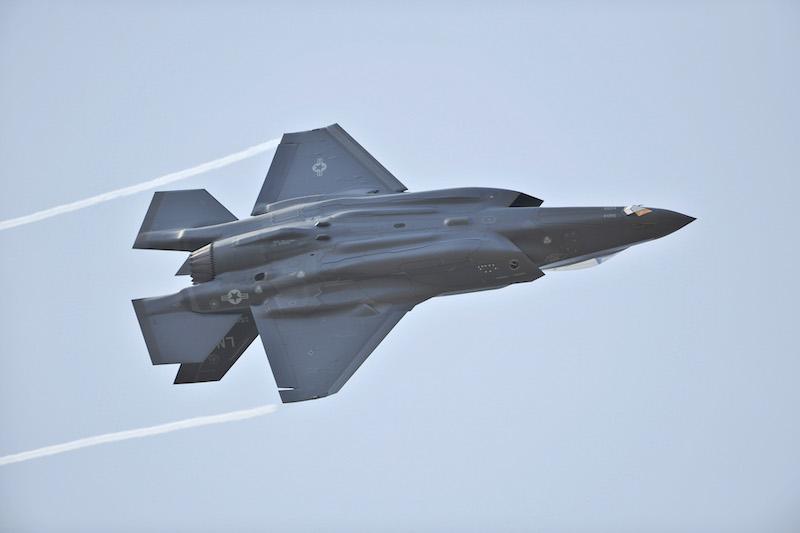
F-35A
Credit: Mark Wagner/Aviation Images
LE BOURGET—The F-35 will require 20%-30% more cooling for a future Block 5 upgrade beyond Block 4, and Lockheed Martin wants to pursue optimal power and cooling increases for the jet despite a U.S. Air Force plan to not re-engine the aircraft. The need for more cooling has emerged as a top priority...
Subscription Required
This content requires a subscription to one of the Aviation Week Intelligence Network (AWIN) bundles.
Schedule a demo today to find out how you can access this content and similar content related to your area of the global aviation industry.
Already an AWIN subscriber? Login
Did you know? Aviation Week has won top honors multiple times in the Jesse H. Neal National Business Journalism Awards, the business-to-business media equivalent of the Pulitzer Prizes.

